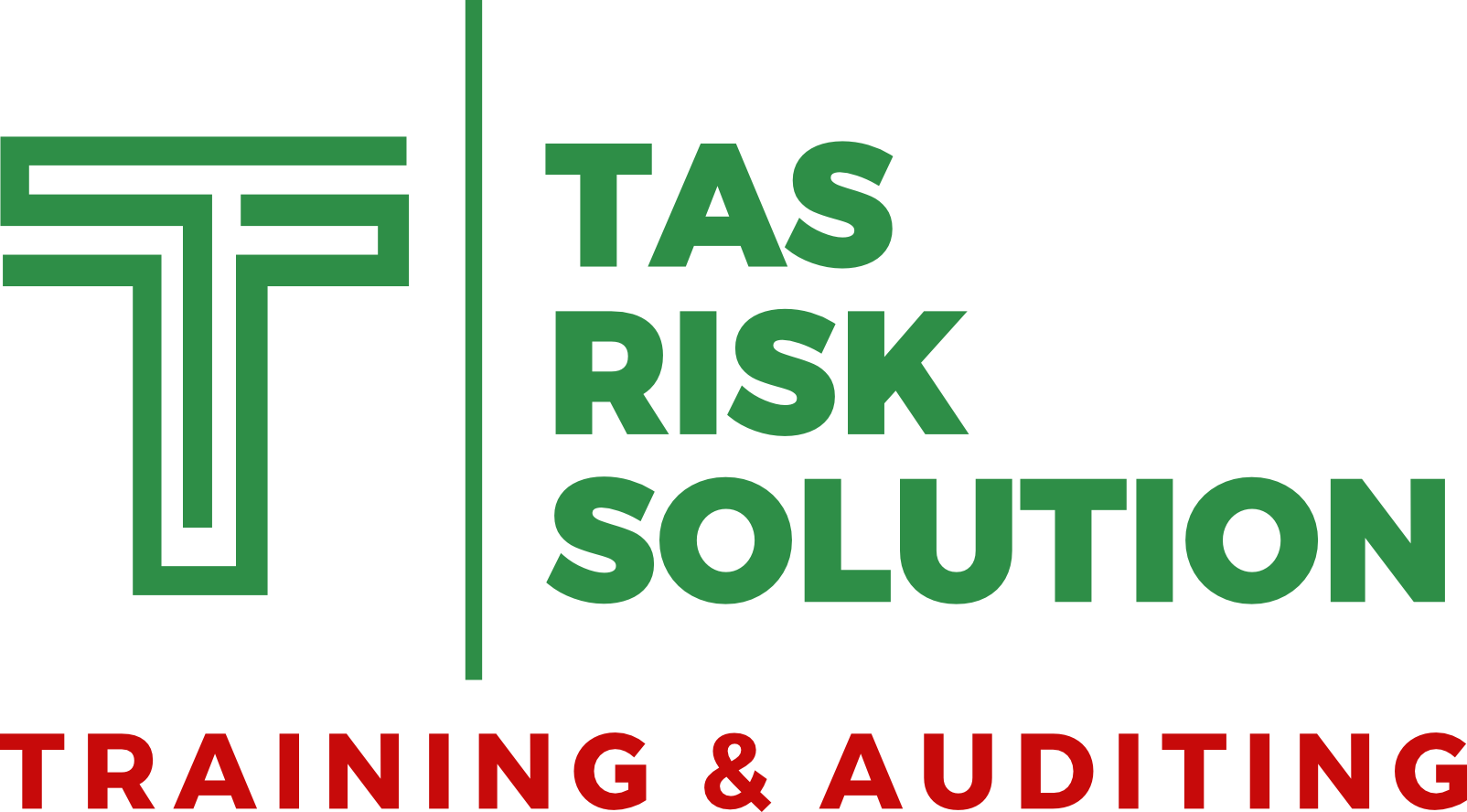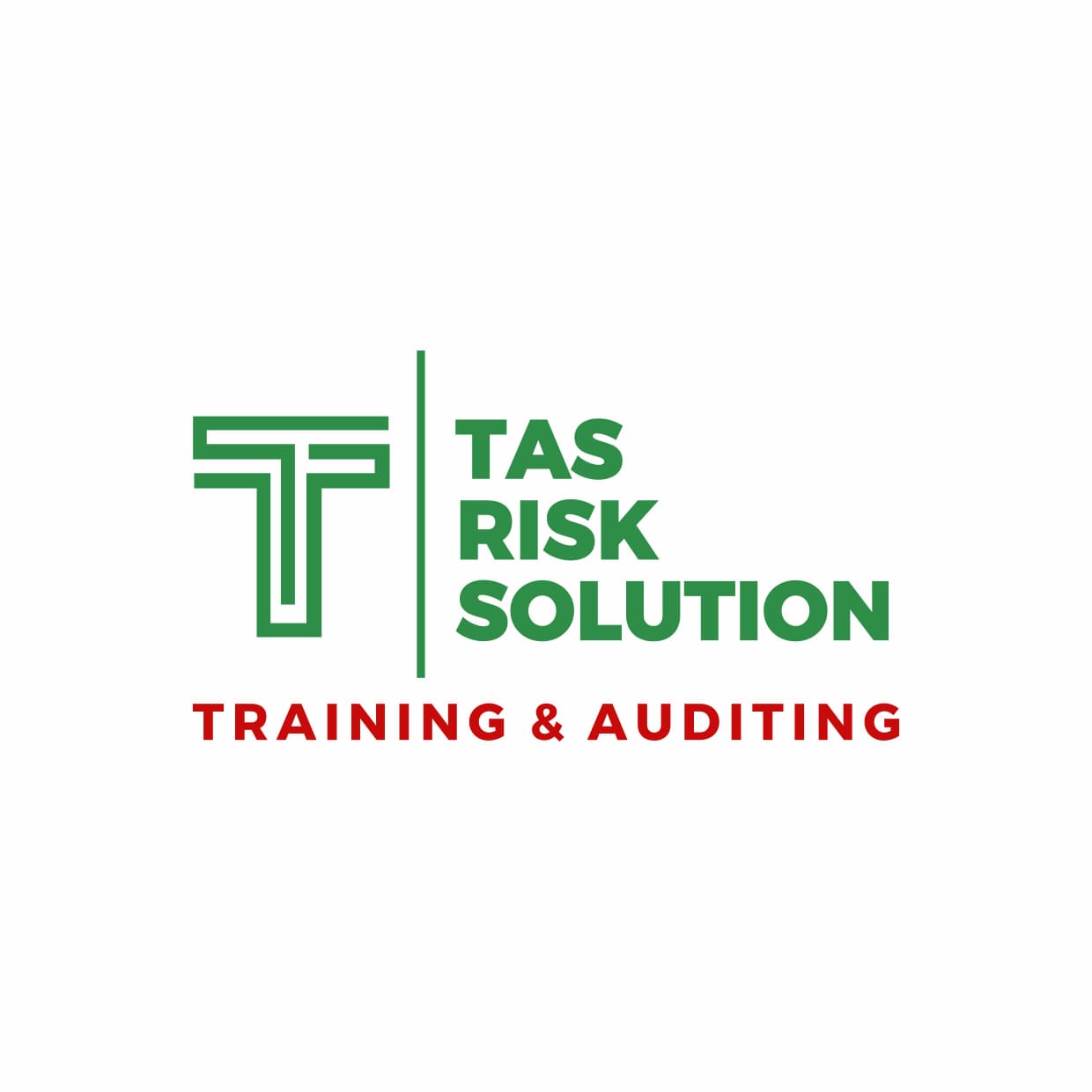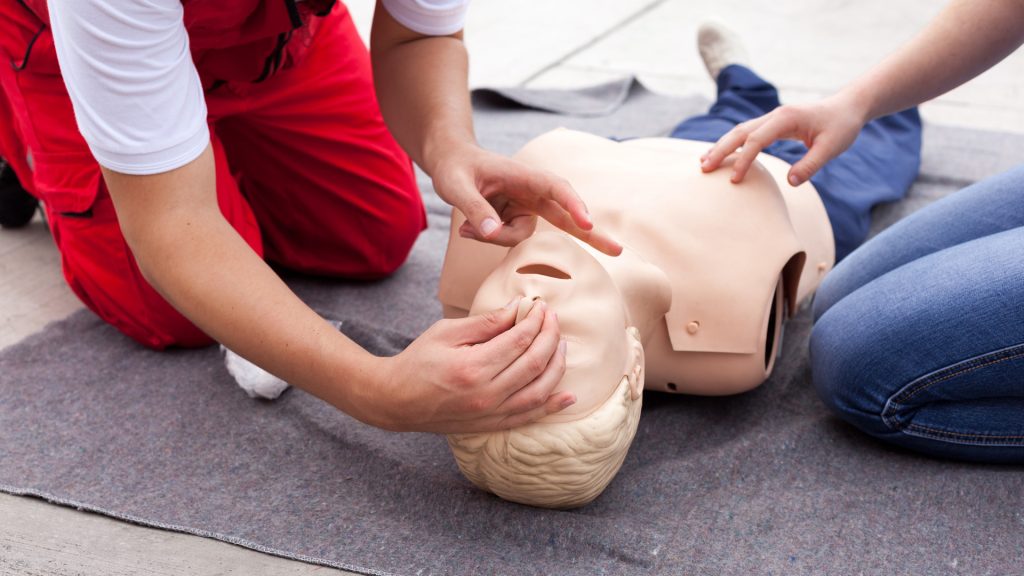In today’s fast-paced and dynamic work environments, ensuring the health and safety of employees is not just a legal obligation but also a critical factor in fostering productivity and overall well-being. From bustling office spaces and industrial settings to remote locations like mines or rural areas, accidents and emergencies can happen unexpectedly. A swift, competent response can make all the difference, potentially saving lives and reducing the severity of injuries. One of the most effective ways to prepare for such situations is through comprehensive first aid training, which empowers employees to act decisively when faced with an emergency.
First aid training doesn’t just equip staff with life-saving skills—it contributes to building a workplace culture where safety is a shared responsibility. It reinforces the message that everyone plays a role in maintaining a secure environment. This is especially important in South Africa, where diverse industries like construction, agriculture, and tourism present a wide range of safety challenges. Whether it’s a minor injury or a life-threatening incident, having trained first aiders on-site ensures that help is readily available, potentially reducing the strain on public health resources and minimising downtime in the workplace.
In this blog, we’ll explore why first aid training is essential in the modern workplace, particularly in South Africa’s unique and varied landscape. We will dive into the best practices for implementing training effectively and highlight the procedures that every organisation should have in place to ensure a prompt and appropriate response to emergencies. By prioritising first aid training, businesses can not only meet regulatory requirements but also protect their most valuable asset: their people.




